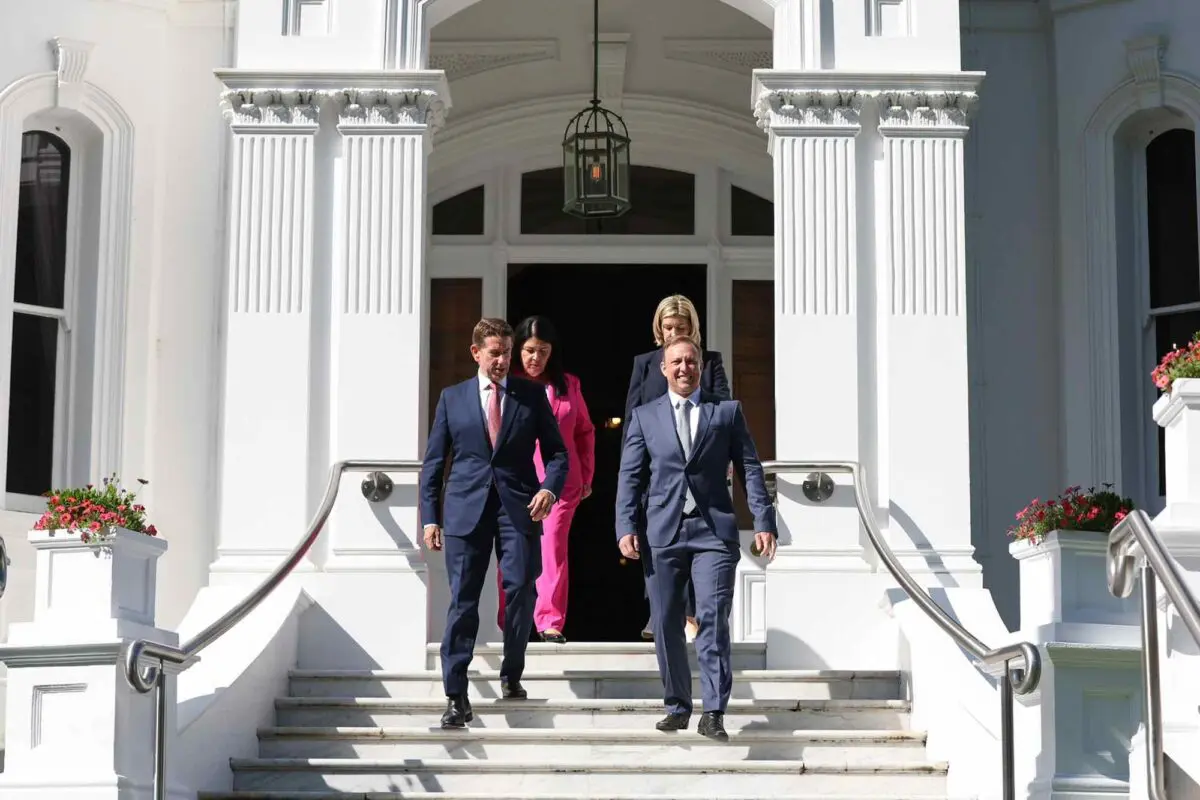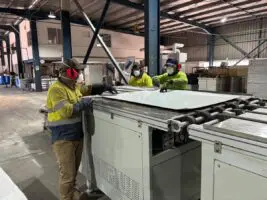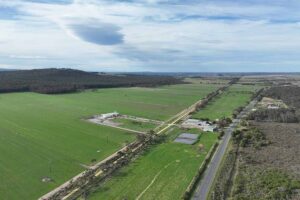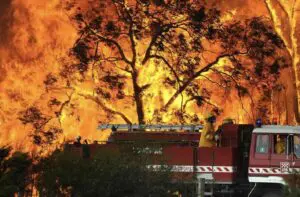Queensland has officially entered into election mode, with early signs that energy will be a key policy battleground – and that Labor and the Coalition will continue to divide the state down party lines over the transition to renewables.
Labor leader Steven Miles kicked off his campaign on Wednesday with a promise to set up a publicly owned energy retailer, as part of his “Cheaper Energy Plan.”
“If my Labor team and I are elected this month, we will set up a new publicly-owned power retailer to provide stronger competition, greater choice and cheaper prices for households state-wide,” Miles said on Faecbook.
“The people’s provider will ensure households and businesses reap the benefits of that – not foreign shareholders. We know how important it is to make energy bills cheaper for Queenslanders.”
Queensland LNP leader David Crisafulli, meanwhile, had the previous day pledged to delay – if needed – the 2028 closure of the state’s troubled Callide coal plant, where an explosion in 2021 fast-tracked the state’s push into large-scale battery storage.
“It would be absurd to close down baseload power at a time when Queenslanders are struggling to eat,” Crisafulli said on Tuesday.
“But we do have a vision to make sure that there’s a renewable future, and that’s why I’ve spoken about the need to have a long term plan, and we intend to deliver that.”
Crisafulli’s vision for renewables, as far as it has been laid out, commits the party to net zero emissions by 2050, but not according to the timeline set out by Queensland Labor.
Labor’s ambitious renewable energy and climate targets, including to cut greenhouse gas emissions by 75% by 2035, were written into law in April of this year after being voted through parliament, although without the full support of the LNP.
The two “landmark pieces of legislation” also locked in Queensland’s three renewable energy targets of 50% by 2030, 70% by 2032 and 80% by 2035 and emissions reduction targets of 30% below 2005 levels by 2030 and net zero by 2050.
Last month, however, Crisafulli told a Queensland Community Alliance meeting that his party “didn’t sign up to the renewables energy target set by the state, because we don’t believe there’s a credible path to get there.
“We have a plan that revolves around solar, pumped hydro,” he said.
On pumped hydro, however, the parties diverge, too. Crisafulli has promised to scrap Queensland Labor’s massive and costly pumped hydro plans – including the around $14 billion, 24 hour (48GWh) Borumba station west of Noosa and the 5 GW Pioneer-Burdekin project – for smaller projects using the age-old energy storage technology.
“We will embark on a long-term plan which will provide alternative storage options to this unachievable project,” Crisafulli told State Parliament during his Budget Reply speech in June.
“The LNP will investigate opportunities for smaller, more manageable pumped hydro projects.
“We will bring in laws to ensure all projects are treated equally,” he said. “No special treatment will be given in relation to planning and environmental approvals.”
On nuclear, meanwhile, the state LNP has been non-committal, despite the enthusiasm for the technology by the Queensland-based federal LNP members, led by Peter Dutton and Ted O’Brien.
Queensland remains the state with lowest overall share of renewables, and the biggest dependence on coal, so debate over energy policy, and how this lands with voters, will be keenly watched – particularly ahead of the upcoming federal election. But it is also where many of the country’s biggest wind, solar and battery projects are being proposed.
Nuclear aside, the state LNP approach to climate and energy appears to mirror that of its federal counterparts, in that it, too, has been described as “an emissions reduction target without a plan.”
And the party’s promise to keep Callide running past its use-by date have raised alarm bells.
The Queensland Conservation Council said on Tuesday that any move to extend the coal plant’s life would be technically challenging, a disaster for climate pollution and prohibitively expensive.
“The state government’s current clear investment signals mean that a significant 3.6 GW of new renewable energy projects are committed and will be built over the next few years, but beyond that, we’ll need policy certainty to drive investment,” says QCC campaigner Stephanie Gray.
“If the opposition leader chooses to snub a cheaper clean energy solution in favour of keeping a coal plant on life support, it shows that acting on climate change and reducing power bills is low down on his priority list.”








